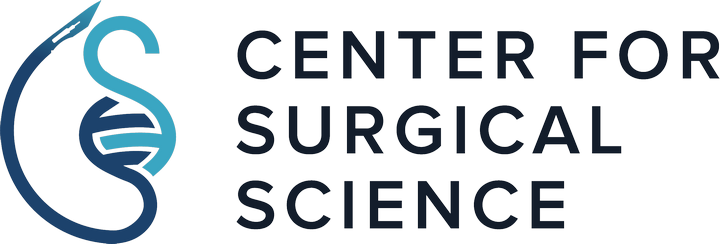A research year at the Center for Surgical Science
Are you wondering what a research year entails? What a typical day on the job is like? What your responsibilities will be and what short- and long-term benefits you will have? We have gathered the most important information in this timeline*. Feel free to also read our past and current students’ stories and contact us if you want to learn more!
Job application
You send your application after seeing a job posting for research work connected to a specific project. You are also welcome to send a spontaneous application if you have an idea for a project or if you are just open to new challenges.
Check out our open positions!
Interview
You are invited to a meeting with Ismail Gögenur and your supervisor to talk with you in person and see if you would be a good fit. You will be presented with more details on the project where your help is needed, or you will discuss which subjects could be interesting to you. After this meeting you will know which hospital you will be based in and how long you will work within CSS.
Job offer
Everything points towards a collaboration being the right choice for both sides, so you are offered the position. Time for the HR department to prepare your contract. It is worth mentioning that your salary for your time here is guaranteed, even though you will be encouraged to submit applications for external funding. You will most likely already here be introduced to study protocols and literature concerning the subject or subjects you will be researching within.
Day 1
You meet with your supervisor who will give you a tour around the facilities, introduce you to your new colleagues and explain what your job is going to be.
Your supervisor will be your go-to person for all practical and scientific questions, guide and inspire you throughout your research year.
Malene's experience with her supervisor

Training (weeks 1-3)
You will be trained in specific research methodologies relevant to your research project. Depending on the project you are joining, you will receive training in various tests (e.g., how to include a patient, take blood samples, test pulmonary function, endothylial dysfunction test etc.).
You will get further acquainted with the protocol for the specific study. Last but not least, every researcher goes through a course on basic statistics and methodologies used within CSS (10 2.5-hour sessions).
Hanna's typical day
Designing your own protocol
The first protocol for the research project you will be responsible for will be defined together with your supervisor(s) within the first 2-3 months after your start.
Depending on the study you have in mind, as well as the available time and resources, you may do a systematic review, a cohort study (retrospective or not) or a randomized clinical trial.
Jawad's randomized clinical trial
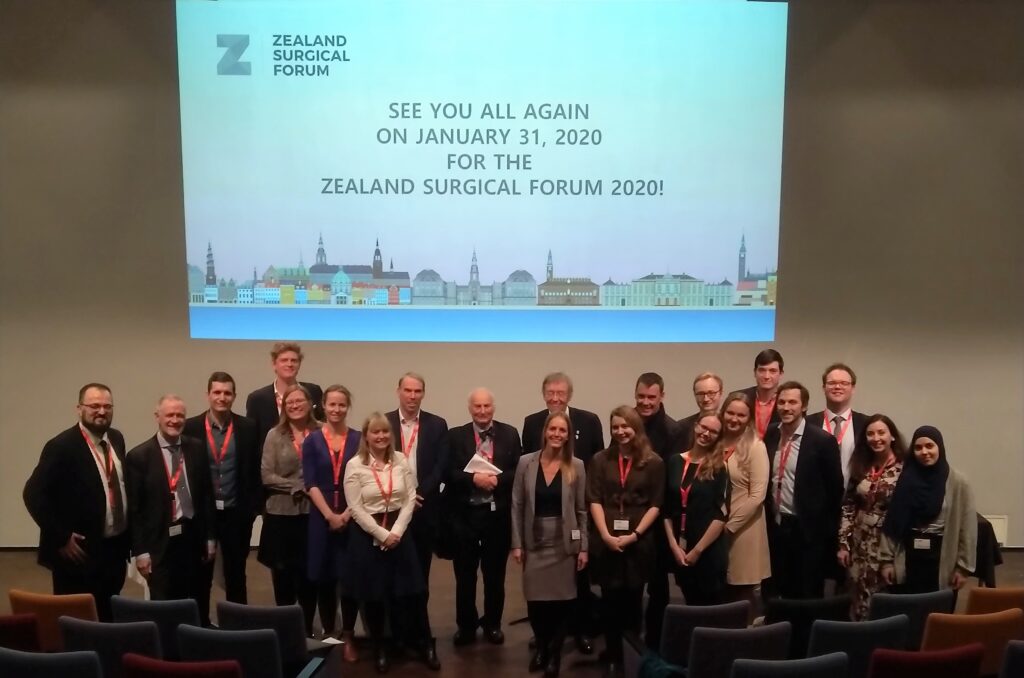
Core period
You will work on gathering data for your project while still helping with your supervisor’s project.
In addition to your research work you will participate in team workshops and events that include, but are not limited to journal club, hands-on courses on statistics, guest lectures, hackathons, help organize the Zealand Surgical Forum etc. Depending on the needs, you will submit several applications for external funding.
Adile's funding application to the Danish Cancer Society
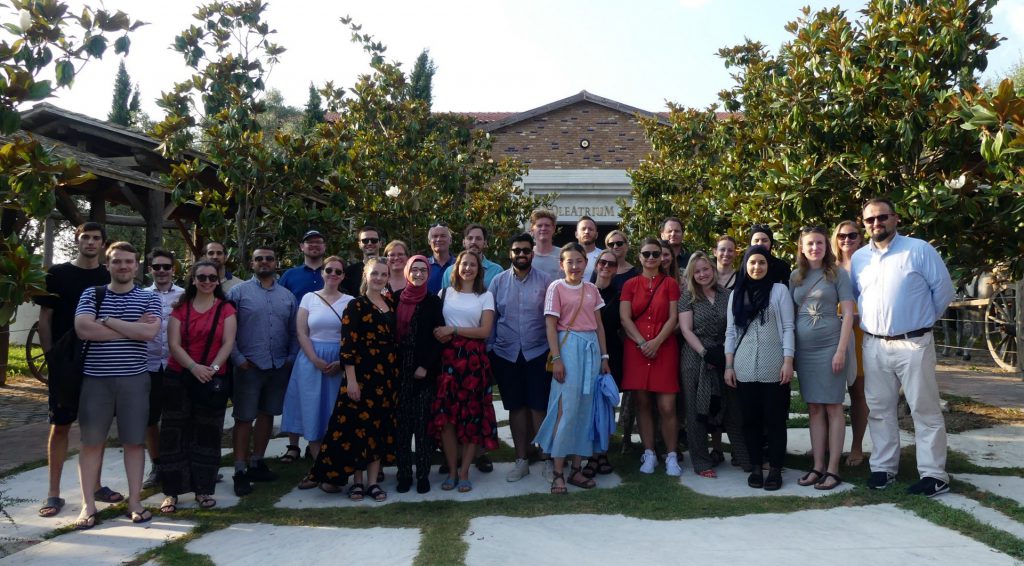
Research retreat & Writing your paper
The whole group is going away for some days, and everyone focuses on writing their paper. This is an intense experience where you work a lot alone as well as in group. You will be taught how to write your disposition, dictate and transcribe your paper, revise your paper, revise someone else’s paper, successfully present and communicate your work (elevator pitch, slide preparation, SoMe etc.).
Emma's experience at the research retreat
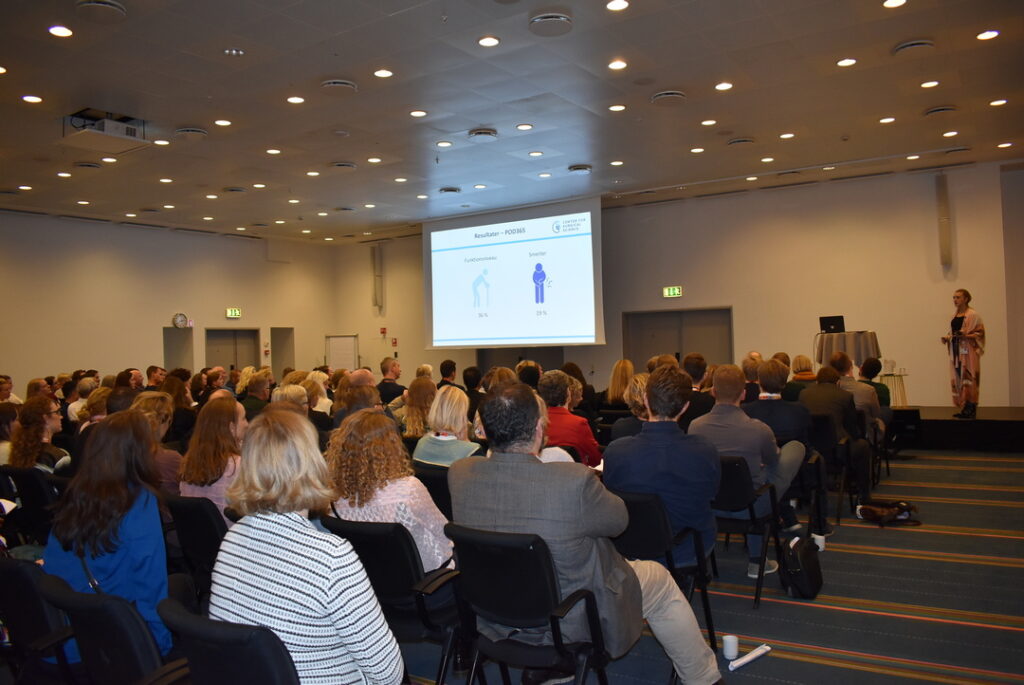
Research dissemination
Time to have your first paper submitted, reviewed and published. In most cases, our research students will have 2-3 publications after their research year, very often in high-impact journals. Everyone is encouraged to also submit abstracts to the Danish Surgical Society annual meeting and other national and international conferences.
Dunja's research journey and first publications
The next day
Time spent in research will be time well spent, as you will have done your part to create new knowledge and acquired tons in the process! With an evolved way of thinking and a strong professional network, you will have opened the window to exciting new opportunities, whether that is continuing for a PhD or focusing on patient care.
Andreas' next day
*Please note that the sequence mentioned above is for students starting in September. It is of course possible to start in February, in which case your plan will be adjusted accordingly. The same applies if you work at CSS for less than a year.
Testimonials by current and past students
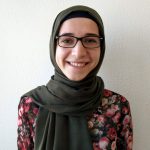
Just before starting as a research assistant at CSS, I worked on a grant application for the first time. I was specifically applying for a scholarship to The Danish Cancer Society three months before the start of my employment at CSS. I was both excited and insecure at the same time. I did not have any experience with grant applications beforehand and was thus uncertain about the content, layout and presentation of the application. Despite my insecurities, I received the grant – thanks to great supervision and motivation from the CSS team.
On one of my pre-employment meetings with my primary supervisor, Ismail Gögenur and my secondary supervisor Malene Broholm Andersen, we outlined a plan for my employment, including a plan for my grant applications. Shortly after our meeting, Ismail introduced and referred me to the research coordinator of CSS, Tove Kirkegaard Clausen. Tove suggested me to send my scholarship application to The Danish Cancer Society. I was hesitant and skeptic at first, thinking I would never receive a grant, as I was doing a grant application for the very first time. However, Tove motivated me and guided me to all the formal aspects of a scientific application. After reading the descriptions and requirements to the application, I started preparing my application. When working on the application, Tove along with Ismail and Malene provided me valuable advice and feedback. Once my application was completed, we all crossed our fingers and applied. After some months we were given the great news that I received the grant of 120.000 DKK. I was very surprised, as I rather saw the application as a process to gain novel and great experience and did not expect to receive the grant. It was thus both an educational and pleasant experience at the same time.
Applying for a grant for the first time may be challenging and filled with insecurities. Yet, with the right amount of support, supervision and motivation it will only be a great and invaluable experience.
Research student 2019-2020

Having a research year at CSS was an incredible opportunity to learn about research through firsthand experience. The understanding of how clinical evidence is generated has been indispensable for me in the last years of medical school and for working as a clinician. The job as a research student also offers a unique opportunity to build a network, which I personally have benefited from both for by getting a job at a department that CSS collaborates with and by returning to CSS as a Ph.D. student.
Research student 2015-2016
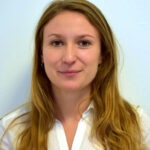
I was a research year student at Center for Surgical Science following my 9th semester of medical school. During my research year, I laid the groundwork for three original articles on ventral hernias, one of which was later published in JAMA. I also co-authored two additional publications. Center for Surgical Science created a great environment for me to gain research experience and to develop as a researcher. I had no research experience prior to starting my research year, only a strong interest in the surgical field. My supervisors were very dedicated and patient and it was important for them, that I received credit for my work. I was a part of the research unit, which employed both other research year students and more senior researchers. Here I shared an office with two PhD students and a research year student, which created a good setting for professional discussions and help was always close at hand even though our research was within different surgical fields. Center for Surgical Science cultivated a good social atmosphere and every Friday we had breakfast alongside presentations of relevant subjects such as statistics and key research papers. In addition to writing scientific papers, I attended both national and international conferences such as the American College of Surgeons Congress where I presented my research. My research year has helped me expand my network and no matter which surgical department I’ve been working at since, I have met colleagues that I have got to know through my research.
The three original articles from my research year, together with one additional article, later became my PhD thesis. Since my employment as a research year student, I have maintained affiliation with Center for Surgical Science independently of were my clinical work has been performed. As a young doctor, our employments are often short in duration and we change workplaces frequently, thus it has been very nice to have the large network and professional base, which Center for Surgical Science has provided me with. A number of the researchers I have gotten to know through my work at the Center for Surgical Science became not only good colleagues but also good friends. I still perform research at the Center for Surgical Science alongside specializing as a general surgeon to the extent allowed by my family life. I publish approximately one article a year and supervise several young researchers.
Dunja Kokotovic Gellert-Kristensen
Research student 2014-2015
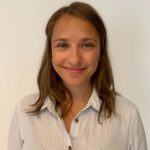
I had the pleasure of starting in CSS in February 2019 where I was assigned a couple of dedicated and skilled research supervisors, Rune Hasselager and Michael Madsen. We quickly planned what my research year would entail; I was going to write a systematic review and take part in the data collection of a clinical trial. During the first couple of weeks, I studied and learned about the topic of my systematic review and gained the practical skills acquired for the daily operation of a clinical trial. Afterwards, I wrote, in close cooperation with my supervisors, a detailed protocol on the systematic review.
In June, the entire research unit traveled to Turkey for a research retreat. The program was extensive and involved, among other things, article writing, article review, training in presentation technique and much more. Before departure, we received training in how to dictate one’s research. The dictation method has many advantages, especially the fact that the period of writing, which can seem incomprehensible, is reduced to lasting very few days. During the retreat, we received and gave feedback on each other’s work and many ended up leaving Turkey with almost complete articles. It requires thorough preparation and a thought-out article structure to use the dictation method, but it can end up being an essential tool in one’s research. Learning the method early on is doing your future self a favor.
During the next half of my research year, I finished my systematic review; published it; coauthored a few other articles and continued to gather data for the clinical trial. The latter posed an opportunity to initiate the articles that I am working on today. My research year was only the beginning of my connection to CSS.
Research student 2019-2020

I am a medical student and I work as a scholar one year at CSS as a part of my education. Among other things, I include patients in a clinical study called PUMAS on behalf of a Ph.D. student. In PUMAS, we investigate the effect of remote ischemic pre-conditioning, on patients who get their gallbladder removed laparoscopically because of cholecystitis. So, one group gets the intervention and one group is the control group.
In my time as a scholar at CSS, I have gained new experience and routine in the fields of e.g.:
- Communicating with patients
- Collecting blood samples
- Using equipment that isn’t normally part of the everyday clinical practice
- Working in the laboratory and using laboratory equipment
- Working on a project of my own and writing scientific articles
- Writing funds applications
A typical day with patient inclusion
In the morning, I check the lists of admitted patients in the surgical department and the emergency department and the patients listed on the operation program, to see whether or not there are any candidates for inclusion in PUMAS. If I find a suitable patient, I prepare my trolley with all the measuring equipment, necessary documents, and blood sample supply that I need for the inclusion and walk up to the patient. If the patient is up for it, I tell them about the study, and what measurements we need from them during their participation in the study. Establishing a good relationship with the patient is a key part of the inclusion, so that the patient feels comfortable with participating.
The patients must have some time to read the handed-out material in peace and quiet, so, in the meantime, I go to the laboratory and make everything ready in case the patient agrees to participate.
If the patient gives consent, I then do some baseline measurements and blood samples and fill out a questionnaire together with the patient. Afterwards, I go to the laboratory to process the blood samples. In PUMAS, we take between five and six blood samples between four and five times during their participation in the study. All the different blood samples are processed differently in the laboratory.
If the patient is in the intervention group with the remote ischemic pre-conditioning, I go and do that with the patient next – as close to their scheduled operation time as possible. After the intervention, I take blood samples again, which also need processing in the laboratory.
When the patient has undergone surgery, I take the different measurements and blood samples again two, four, and 24 hours after surgery respectively. Other than that, I call up my included patients 30 days after their surgery to follow up on them and hear how they are doing, if they have been readmitted, and to fill out a questionnaire.
A typical day without patient inclusion
As a scholar at CSS, you get your own project to work and publish a scientific article on. Therefore, working on my own project, is one of the things I do, when I do not have patients. I have also written several funding applications for my own project during that time.
Because I work with acute patients, it is not possible to anticipate when the patients will drop in and they are operated both during the day and evening. Which means that sometimes my days with patient inclusion stretch out from morning to the late hours of the day. Therefore, a day without inclusion can also be spent taking a day off.
Research student 2020-2021
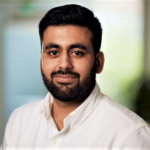
In 2016, I started as a research year student at Center for Surgical Science. In the beginning, I was only supposed to assist a Ph.D.-student with recruiting patients for his study and whenever I was not assisting him, I had time to do a systematic review. My supervisors then told me that they had applied for approvals to run an extra test as a sub-study. When the approvals arrived, I became responsible for a smaller randomized clinical trial that became my own project. It seemed challenging, especially as I had not had any clinical experience yet. It was stressing to know that within half a year I had to have all of the required patients included. Even though it was hard work, I managed and in the last week of my research year I had the last patient completing the study. I had a lot of raw data when I started in university again. I did all the analyses in my free time. I wrote the paper a year after I finished my research year and it took another year to get it published. All of the stress and hard work paid off, the study was published in a high-impact factor international journal and as a medical student that is a great accomplishment.
Research student 2016-2017
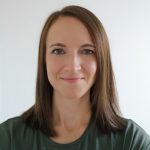
I have had the pleasure of a research year 2014-2015 and in 2017 I started as a Ph.D. student at Center for Surgical Science. For both employments I have had Ismail Gögenur as a supervisor.
My research year was educational and rewarding for my future work as a doctor and researcher. Ismail is a supervisor who is very focused on his employees to become skilled, independent researchers. At the beginning of my research year, a plan and direction for the year was made, where it was also expected that I could take responsibility myself, with expert guidance.
During my employment as a research year student, we had many exciting scientific discussions and Ismail provided room to come up with my own ideas and goals for future research projects. This helped form the foundation for my PhD employment. Under close supervision from Ismail, I got my PhD defined and had protocols ready for clinical trials before I completed my research year.
I have now had Ismail as a supervisor and mentor since 2014. I have always experienced that he is available and that there is full support to complete my projects.
Research student 2014-2015
